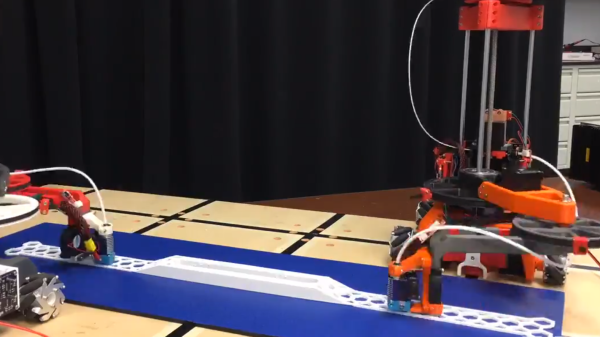Ecclesiastes 1:9 reads “What has been will be again, what has done will be done again; there is nothing new under the sun.” Or in other words, 5G is mostly marketing nonsense; like 4G, 3G, and 2G was before it. Let’s not forget LTE, 4G LTE, Advance 4G, and Edge.

Technically, 5G means that providers could, if they wanted to, install some EHF antennas; the same kind we’ve been using forever to do point to point microwave internet in cities. These frequencies are too lazy to pass through a wall, so we’d have to install these antennas in a grid at ground level. The promised result is that we’ll all get slightly lower latency tiered internet connections that won’t live up to the hype at all. From a customer perspective, about the only thing it will do is let us hit the 8Gb ceiling twice as faster on our “unlimited” plans before they throttle us. It might be nice on a laptop, but it would be a historically ridiculous assumption that Verizon is going to let us tether devices to their shiny new network without charging us a million Yen for the privilege.
So, what’s the deal? From a practical standpoint we’ve already maxed out what a phone needs. For example, here’s a dirty secret of the phone world: you can’t tell the difference between 1080p and 720p video on a tiny screen. I know of more than one company where the 1080p on their app really means 640 or 720 displayed on the device and 1080p is recorded on the cloud somewhere for download. Not a single user has noticed or complained. Oh, maybe if you’re looking hard you can feel that one picture is sharper than the other, but past that what are you doing? Likewise, what’s the point of 60fps 8k video on a phone? Or even a laptop for that matter?
Are we really going to max out a mobile webpage? Since our device’s ability to present information exceeds our ability to process it, is there a theoretical maximum to the size of an app? Even if we had Gbit internet to every phone in the world, from a user standpoint it would be a marginal improvement at best. Unless you’re a professional mobile game player (is that a thing yet?) latency is meaningless to you. The buffer buffs the experience until it shines.
So why should we care about billion dollar corporations racing to have the best network for sending low resolution advertising gifs to our disctracto cubes? Because 5G is for robots.


















